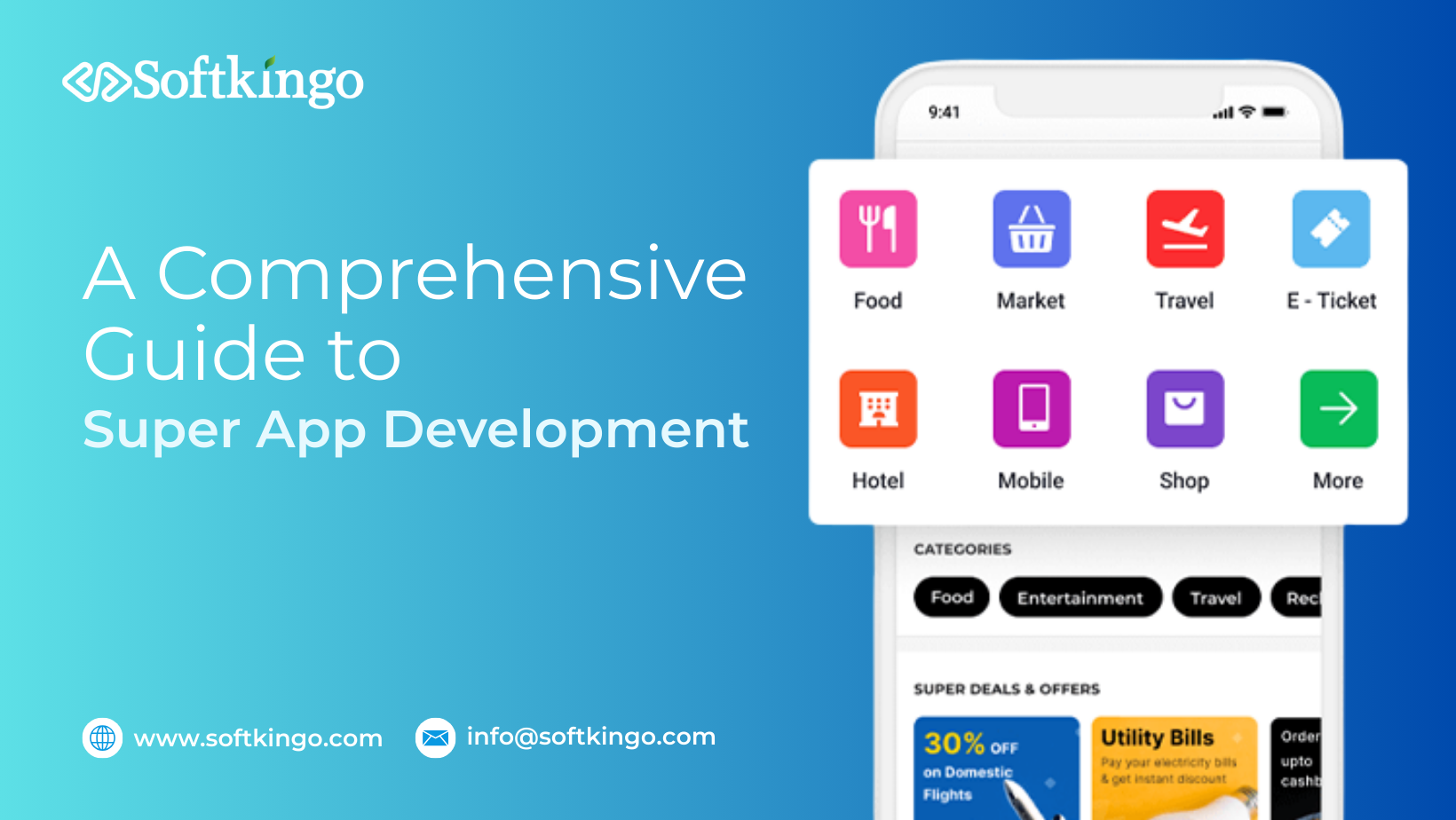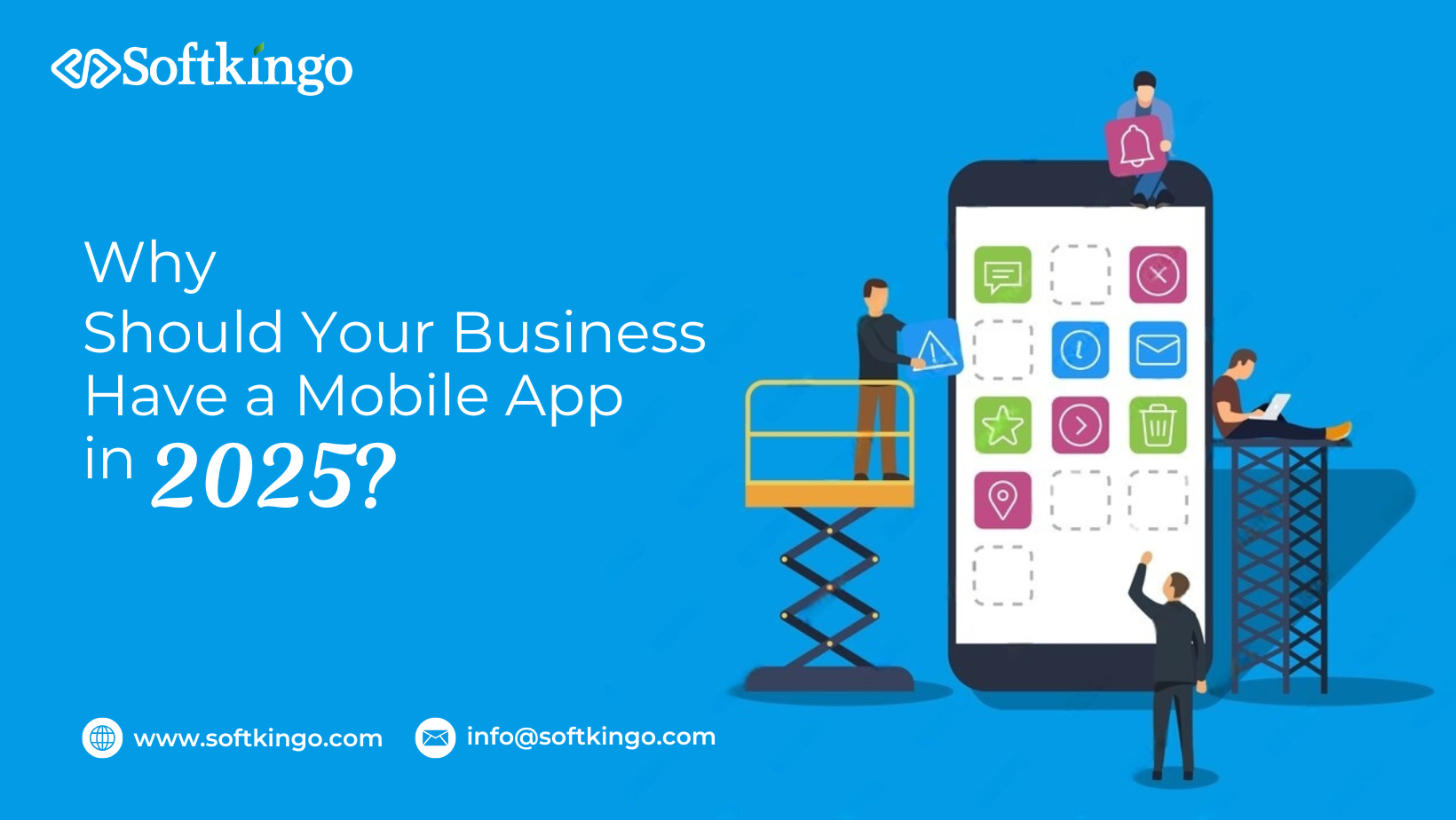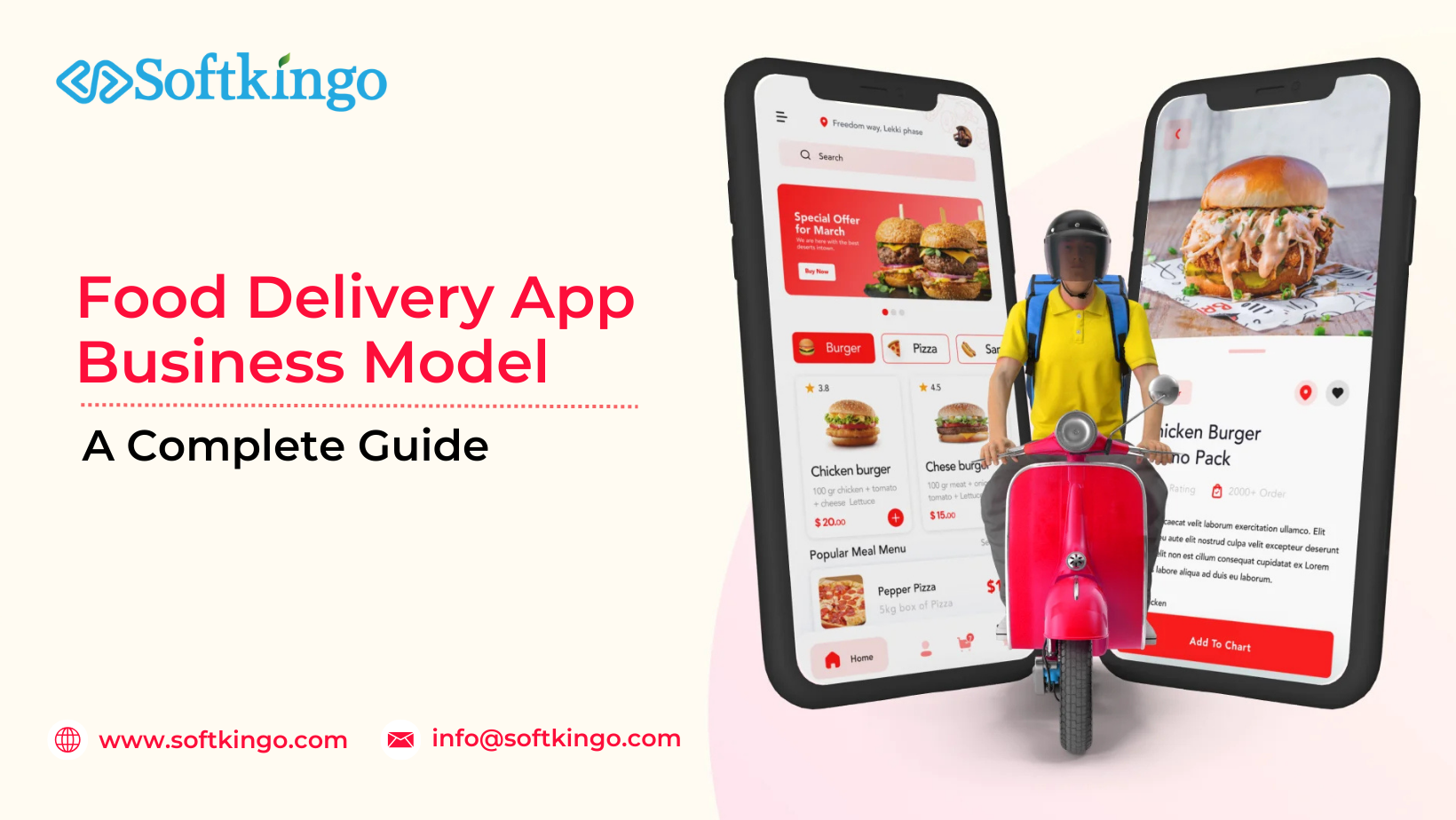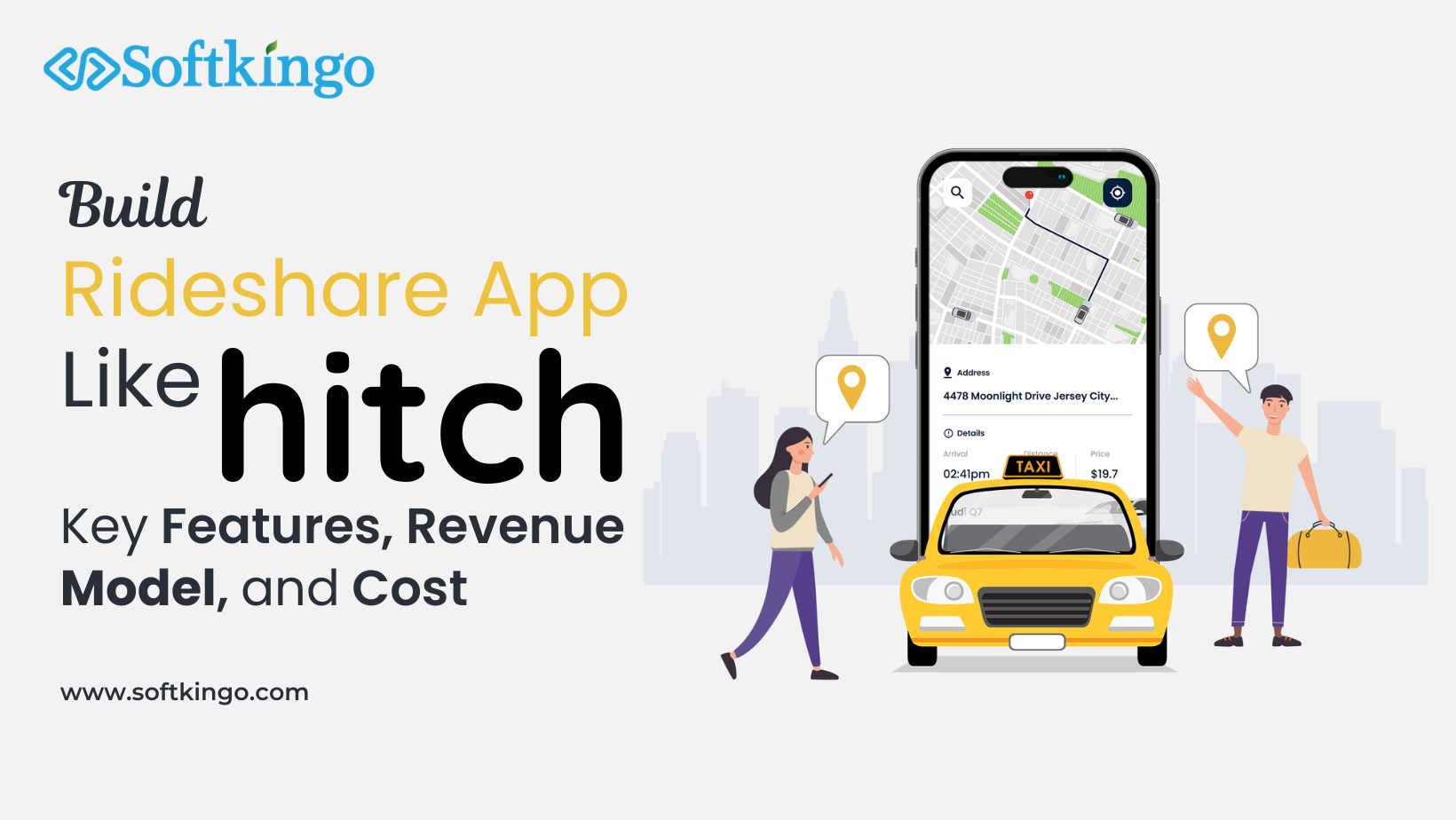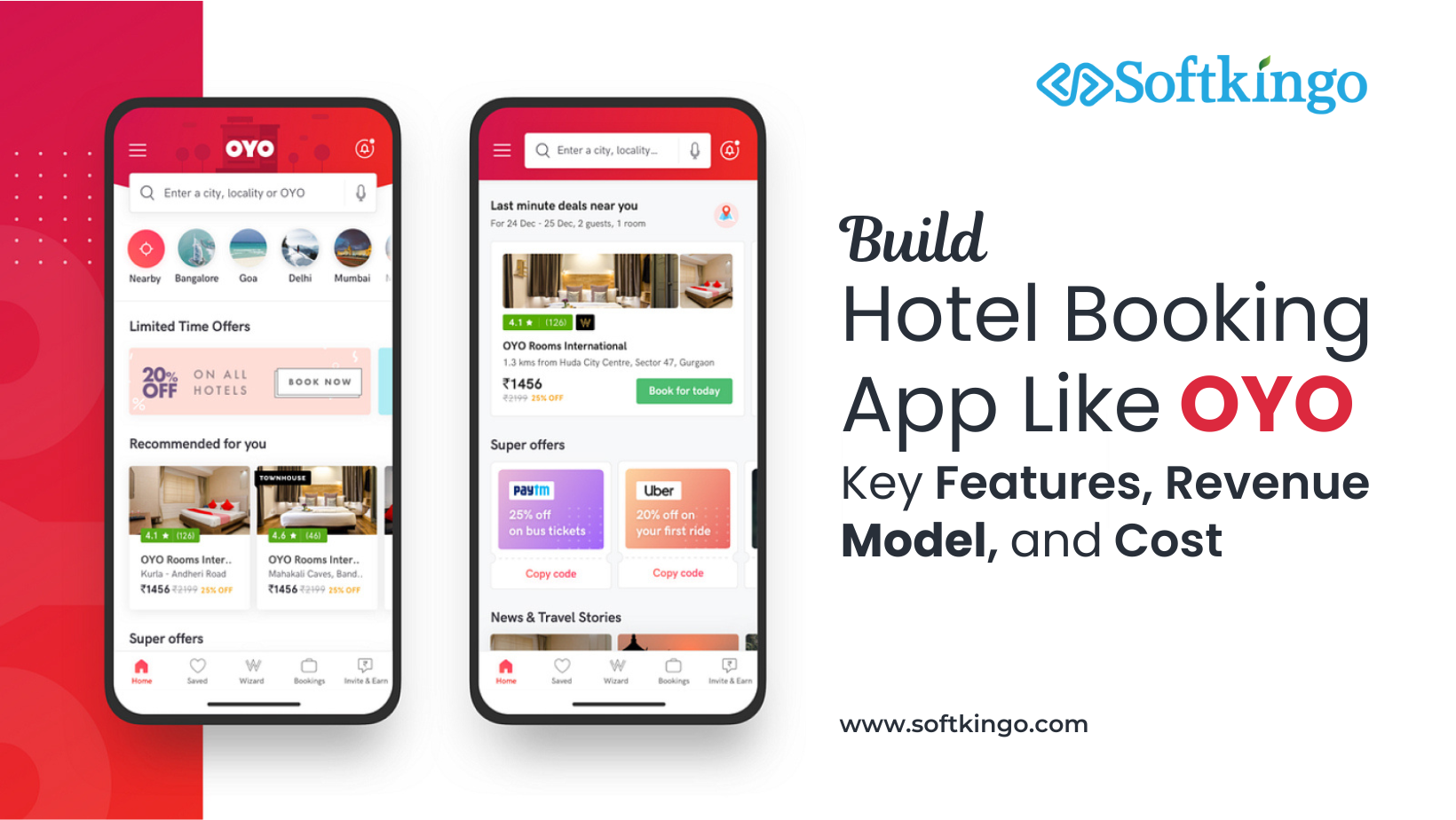Building an App for On-Demand Van Delivery Service: A Step-by-Step Guide
The logistics industry is experiencing rapid growth, and the rise of on-demand delivery services has revolutionized the way we move goods. Services like Uber and Porter have set the bar for quick, reliable deliveries, and many entrepreneurs are wondering: Can I create something like this?
The answer is yes! While it might seem daunting to compete with industry giants, there is a significant opportunity for those willing to take on the challenge. The demand for fast and efficient delivery services continues to increase, driven by a shift toward digital-first, on-demand solutions.
In 2023, the on-demand delivery market was valued at approximately $15.19 billion, and projections suggest it will grow at an impressive rate of nearly 21% annually through 2032. As consumer expectations for speed and convenience continue to grow, businesses are investing more in delivery services that can offer real-time tracking, quick fulfillment, and seamless transactions.
If you’re considering entering the market with an on-demand van delivery service, this guide will walk you through the key steps involved in creating an app that can compete with the likes of Uber and Porter.
Why On-Demand Delivery Apps Are a Necessity for Businesses
As more people shop online and services move to digital platforms, having a fast and reliable delivery option is no longer a luxury but a necessity for businesses. Here are a few reasons why building an on-demand van delivery app is worth the investment:
- Customer Loyalty and Satisfaction: Providing real-time tracking and quick deliveries not only boosts customer satisfaction but also helps you retain customers long-term.
- Operational Efficiency: Automating processes like order management and driver coordination saves time and reduces human error.
- Scalability: A well-designed app allows you to expand your customer base and service area without major hurdles.
- Revenue Potential: On-demand delivery services can generate significant revenue through service fees, subscription models, or partnerships.
How to Build an On-Demand Van Delivery App: A Step-by-Step Process
To successfully build and launch an on-demand delivery service app, you’ll need to focus on several core areas—planning, development, and growth. Below is a breakdown of the essential steps involved:
Phase 1: Research and Planning
Before jumping into app development, you need a strong business plan. This phase is all about market research and setting up your foundation.
- Conduct Market Research
Don’t try to please everyone. Identify who your competitors are (such as Porter or Uber Connect) and analyze their strengths and weaknesses. What gaps in the market can you fill? For instance, you could specialize in delivering large items like furniture or offer a more eco-friendly fleet. - Define Your Service Area and Fleet
Start with a manageable area—this could be a specific city or district. Next, decide what types of vans you will need. Will your fleet be equipped for larger deliveries, or will you start with standard vans? Consider forming partnerships with van owners to avoid upfront fleet costs. - Develop a Minimum Viable Product (MVP)
Don’t try to build a feature-heavy app right away. Focus on the essentials that allow your service to run efficiently. Key features for an MVP include:- User App: Easy sign-up, delivery tracking, payment options.
- Driver App: Delivery requests, navigation, status updates.
- Admin Panel: Real-time delivery monitoring, pricing, and reporting.
Phase 2: App Development and Design
Once you have your plan in place, it’s time to bring your app to life. This phase involves making key decisions about technology and design.
- Choose the Right Technology
Your technology stack will significantly affect the app’s performance. Here are some considerations:- Mobile Development: Choose between cross-platform (like React Native) or native development (iOS/Android).
- Backend: Decide on a scalable backend solution (e.g., Node.js, Django).
- Mapping & GPS: Real-time tracking is crucial—Google Maps API or similar services are essential.
- Payment Integration: Secure payment gateways like Stripe or PayPal will ensure smooth transactions.
- Design for Usability
A clean, user-friendly interface is key to retaining customers. Focus on:- Easy Navigation: Make it simple for users to request deliveries and track progress.
- Clear Information: Ensure users can easily access pricing, delivery details, and support.
- Responsive Design: Design your app with mobile users in mind, as most customers will interact with it through their phones.
- Build the Core Features
The MVP should include:- Real-time tracking for both users and drivers.
- Push notifications for updates.
- A dynamic pricing model based on distance and vehicle type.
- A review and rating system to build trust.
Phase 3: Launch and Growth
Building the app is just the start. The next phase is about launching your app and scaling your service.
- Test Your App
Testing is crucial to ensure your app works seamlessly. This should include:- Unit testing: Test individual components.
- Integration testing: Ensure different features work well together.
- User acceptance testing (UAT): Get feedback from real users to refine your app.
- Beta Launch
Roll out the app to a small group of users first. Use their feedback to identify bugs or user experience issues before a larger launch. - Marketing Your App
After ironing out the bugs, it’s time for the official launch. Here’s how you can promote your app:- App Store Optimization (ASO): Ensure your app ranks high on the App Store and Google Play Store with catchy descriptions and relevant keywords.
- Digital Marketing: Leverage social media, SEO, and content marketing to reach potential customers.
- Local Partnerships: Team up with local businesses to offer delivery services and grow your user base.
- Promotions: Use incentives like referral programs and discounts to encourage new users to try the service.
Cost of Developing an On-Demand Van Delivery App
The cost of building an on-demand delivery app depends on the complexity of the features you want. Here’s an approximate breakdown:
- Basic MVP: $20,000 – $40,000
- Mid-Level App: $40,000 – $70,000
- Advanced Features (e.g., AI): $70,000 – $140,000
Keep in mind that costs will vary based on the location of your development team, the complexity of your app, and the features you choose to implement.
Potential Challenges
While the opportunity is significant, there are some challenges to keep in mind:
- High Initial Investment: Developing a complex app and setting up a reliable driver network requires significant investment.
- Driver Retention: Attracting and retaining reliable drivers can be tough, especially when competition is fierce.
- Regulatory Compliance: Ensure your app complies with local transportation laws.
- Logistical Challenges: Efficiently managing a fleet of vehicles and coordinating deliveries can be complex.
Conclusion
Developing a successful on-demand van delivery service app takes effort, dedication, and a customer-first mindset. By following this roadmap, you can carve out a niche in the growing logistics market. Partnering with an experienced app development company, such as Softkingo, can help turn your app idea into a reality.
If you’re ready to turn your idea into reality, work with a skilled development team to create an app that meets modern customer expectations and ensures business growth.
Ready to get started? Reach out to us today, and let’s build your on-demand delivery app together!
Paramhans Singh is the Director of Operations at Softkingo Technologies, bringing over 8 years of experience in delivering custom software solutions that help startups and enterprises achieve their business goals. He has successfully validated more than 220 app and website ideas and delivered over 100 tailored solutions, utilizing a range of technologies such as Swift, Kotlin, React Native, Flutter, PHP, RoR, IoT, AI, NFC, AR/VR, Blockchain, and NFTs.





